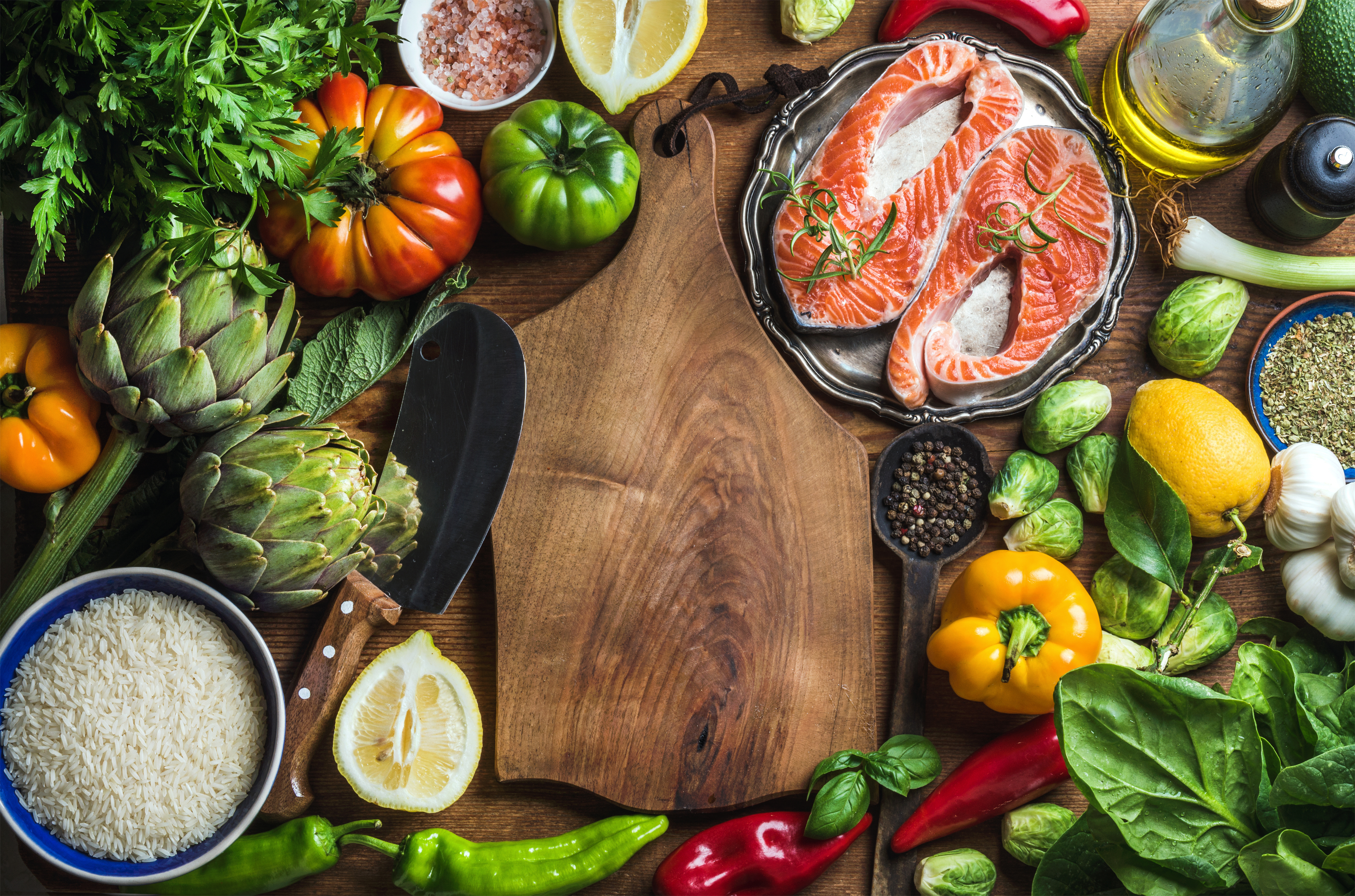Australia enjoys an enviable and deserved reputation as the producer of safe, clean, green foods and agricultural products.
Professor Mike Gidley – Director of the Centre for Nutrition and Food Sciences at the Queensland Alliance for Agriculture and Food Innovation (QAAFI), The University of Queensland – examines how this reputation can be leveraged to develop value-added foods.
COMMODITIES AND SPECIALITIES
In the export market, there are typically two categories of products supplied by the agri-food sector. The current dominant category for Australia involves large-scale primary products such as grains, animals, fruits and vegetables, or first-stage processed products such as milk powders or meat. The common characteristic of these products is that they are traded and eventually sold to consumers on a per weight basis.
This makes for easy price comparisons and decisions by food manufacturers, retailers and consumers, and the commoditisation of produce. Australian produce can often be shown to have superior attributes to similar produce from other countries with a lower cost base than Australia. However, cost/benefit trade-off decisions are inevitability made by food manufacturers, retailers and consumers who determine whether it is worth paying more per kilogram for Australian produce.
The second category of agri-food product is that of value-added foods, which are typically sold to consumers per meal or serving rather than on a per weight basis. This results in a decoupling of weight from price and can lead to much higher margins, but must be accompanied by added value to consumers in the form of convenience, nutrition, and/or quality characteristics.
With a developing global interest from consumers wanting to know where theirfood comes from and a growing, newly-affluent population in many Asian and other export markets, there is an opportunity for Australia to build on its reputation as a producer of quality foods to develop added-value products. This may also lead to a redefinition of Australia’s potential regional role from being a food bowl to being a provider of high-value niche products backed by technical evidence of quality, nutrition and sustainable production processes. As there is now no limit to the amount of information that can be included in digital form with food produce and consumer products, compositional, provenance and other information can be used to support and justify premium prices.
In addressing this opportunity, (atleast) three platforms can be envisaged, which are discussed below under the headings of Naturally Nutritious, Uniquely Australian and Smart Selections. All of these rely on the natural advantages that Australia has: diverse land and water resources, highly efficient farming practices, and the continued health of a flourishing agriculture and food research and development ecosystem in Australia.
NATURALLY NUTRITIOUS
The increasing prevalence of non-communicable ‘diseases of affluence’ such as diabetes, cardiovascular diseases and colon cancer, as well as the associated obesity challenge, has fuelled intense interestin the development of foods and diets to combat them.
Although there is a lot of media noise and commercial opportunism in the latest diet fad or ‘superfood’, the reality is that health agencies around the world have reached a consensus that a healthy diet should be rich in plantbased foods with suitable protein sources. In addition, the total energy intake associated with these foods should be appropriate for each individual’s lifestyle (particularly physical activity and age). In orderto achieve optimal nutrition within a total dietary energy cap, attention should be focussed on nutrient-dense foods – particularly those with high satiety – to make it easier for people to keep within an appropriate total energy intake.

Australia is a source of all of the recommended nutrient-dense foods including wholegrains, vegetables, fruits, legumes, dairy products, beef, seafood and other muscle foods. This focus on wholesome food is perfectly in line with consensus health advice, and for consumers there is often a halo effect that links safe, clean, green food with optimal nutrition.
With additional dietary information that demonstrates the nutritional value of specific Australian food products, coupled with packaging that optimises convenience and attractiveness,there is currently a window of opportunity for Australia to become recognised as a preferred source of premium nutritional food products. This is the case from primary produce through to elaborately-transformed foods that maintain natural characteristics in the eyes of consumers.
UNIQUELY AUSTRALIAN
Building on Australia’s natural advantages, marketing food products that can only have come from Australia is an attractive aim. Two aspects of this opportunity are provenance attributes and the use of native (‘bush food’) plants and extracts.
In order to justify provenance claims, it will be necessary to associate specific attributes of food products with their region of origin. This approach is very well established in the wine industry, with clearlinks between the growth region and the characteristics ofthe wine. There seems no reason why this approach should not work for other food products whose quality depends on characteristics of the environment in which they are grown.
The challenge will be to establish an appropriate language to describe the locality-specific characteristics, and support this with analytical measures of food composition that can be easily comprehended by consumers. One of the more straightforward propositions for Australian provenance in consumers’ eyes is food products made with ingredients sourced from unique native Australian plants. In addition, innovative chefs are using the distinctive tastes and aromas of native plant foods to build a uniquely Australian cuisine, and the publicity that this attracts can be a springboard for the development of valueadded consumer foods.
SMART SELECTIONS
The wealth and diversity of primary agricultural produce from Australia has resulted in major and successful efforts to retain the maximum possible sensory and nutritional properties ‘from farm to fork’. In addition to the continuing importance of this approach, the complementary approach ‘from fork to farm’ is likely to assume a greater prominence in the future.
This prediction is based on the rapid developments in measurement science, computation, genetics and other areas that are allowing researchers to determine the molecular basis for the sensory and nutritional properties of foods, from raw materials and post-harvest processing. By being able to analyse the compositional structure of particularfood attributes desired by consumers,the opportunity arises for smart selections of raw materials and processing conditions aimed at delivering the required taste and nutritional attributes.
This in turn may influence the choice of crops grown, as the added value associated with premium consumer foods can be shared throughout the supply chain. Coupled with naturally nutritious and uniquely Australian attributes, smart selections promise to deliver a bright future for the value-added agrifood sector in Australia.

ABOUT THE AUTHOR: Professor Mike Gidley is the Director of the Centre for Nutrition and Food Sciences in the Queensland Alliance for Agriculture and Food Innovation (QAAFI) at the University of Queensland. Trained in chemistry at the Universities of London and Cambridge, his research is focused on analysing the structural nature of the raw material of crops and plants in order to optimise the nutritional value of food products.
Source: Boundless Plains to Share - Australia's agribusiness partnership with Asia - century 21




